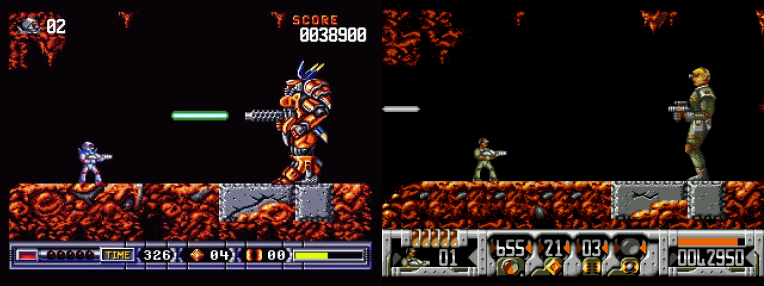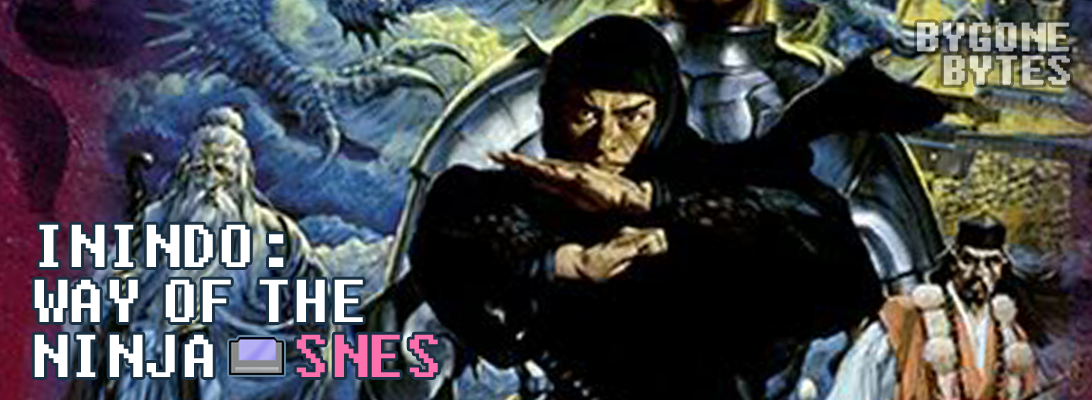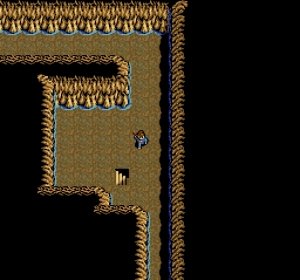
Do you love Bauldur’s Gate like a fat kid loves cake? Do you love Diablo like a dingo loves babies?
If that last joke was too much for you, then I hesitate to recommend Cinemax’s 2012 isometric hack ‘n slash Inquisitor. Not because it’s a bad game–far from it. Rather, I hesitate because some of the material is quite rough compared to its famous brethren. Take the first quest you come across, which involves a rare antiquities dealer having been killed via a throat-slicing in the local inn’s attic room. Gruesome, but nothing compared to the descriptions from the townsfolk, which advise you that his “manhood” was severed and shoved into the corpse’s open mouth. Yikes.
Most of the game is less shocking, although the thread of religious zeal running through it can be disconcerting (you are a member of the Inquisition, after all.) The game-world is much like a Bauldur’s Gate clone, but the theology gives it a uniqueness missing from the regular D&D fodder, which is a plus. Also a plus is the excellent and almost H.R. Giger-esque artwork and User Interface templates, which really put the game heads and shoulders above a lot of Indie fare. Inquisitor clearly isn’t the work of a one man operation, and it feels like a worthy full-price package.

There have been some less than glowing reviews, though, and they aren’t without merit. The combat and character animation is not up to contemporary snuff, though the sprites and pre-rendered backgrounds themselves look good (keep an eye out for special touches, like the barely swaying dead tree, or the smoldering dungeon lantern.)
The combat, at first, also seems suspect. You’ll find yourself hitting “R” to set your character to run, and think that it’s not working. It is, though–your character is just, that, slow. But give the game fifteen minutes or so, and you’ll be right at home. fis not the kind of RPG hack-fest that feeds you level boosts enough to max out your stats easily; instead, Inquisitor would rather make you work for it, and hard. Tease out enemies, picking them off one at a time, until eventually you’re powerful enough to wipe out that orc camp. Then come to the next enemy type, and learn those same tactics and spells are akin to hurling peanuts at an elephant.

It’s difficulty makes combat and ultimate victory extremely satisfying, though. When you clear another level of a dungeon, you’ll feel the rush of accomplishment. The dungeons are brutally deep, however, and with precious few shortcuts back to town, you’ll find yourself trudging back to town on a long campaign more than you want to.
That brings to mind the enemy respawning system, which is actually quite fair. You’ll never face an entire roomful of enemies resurrected from the dead once vanquished, but there will be one or two straggling enemies that consistently pop up when passing through familiar territory. This can be helpful when you are looking for that little bit of extra experience to gain that next level (during which you regain your health, mana, and stamina).

Yes, in addition to health and mana, which operate ala Diablo, your character also needs stamina in order to attack, cast spells, or do damn near anything but walk/run. This valuable reserve replenishes very slowly, so you’ll enjoy the bottled variety almost as much as the mana and life giving potions. Believe me, you’ll spend nearly an entire dungeon’s haul in gold on health potions.
The good news about that, then, is that your character can hold a ton of loot. You’ll need that space, too, not just for potions, but for the copious amounts of equipment, much of which will break and require repair after a few good battles. There are three sets of equipment that you can equip and cycle through, also, so you can waltz around loaded to the gills with goods.
Another major component of Inquisitor that sets it apart from other isometric action RPG’s is the torture system. Yes, I said torture. As a member of the Inquisition, you’ll be tasked with finding out who is a sinful heretic, gathering evidence to arrest them, and then torturing them to worm out a confession. It’s a nice and gruesome feature, and if you end up torturing an innocent victim, you’ll move out of the good and godly alignment and farther towards the dark side. Your place on the alignment scale will alter the game, so pick your path well.

There are also little touches that are unique, such as the green genie boxes you’ll find occasionally. They are excellent additions that add strategy to tough battles, as you can break one whenever you wish, summoning a genie to do something wonderful for you. It will give you money, let you shop in it’s ethereal store mid-dungeon, or wipe out your enemies. Time breaking open the box right, and the genie will smite any nearby enemies and then grant you your desired perk, which is a great help. You can also tell the genie you don’t need anything, and they’ll be surprised, giving you a random perk as varied as money or a permanent +1 to stats.
The writing is also tops, exceeding in both quantity and depth Diablo III and it’s ilk. And you’ll have to talk to the plentiful NPC’s that abound, if you want to get the facts as to who the real heretics are. You’ll even have options to try and trick some enemies into becoming allies, or at least into not hacking you to bits.

As the length of this Indie Spotlight may suggest, I’ve fallen madly in love with Inquisitor. It has kept me up long nights, and I can’t wait to get back to it. Buy the digital game on GoG.com for plenty of extras, too, like an Inquisitor novel and the soundtrack, the latter of which is great background music for your next pen-and-paper D&D game (you know you want to.)
All in all, I state with certainty that, if you yearn for an in-depth classic RPG with a Bauldur’s Gate/Diablo feel, then spend the $14.99 to get it (on Steam and DRM-free at GoG.com). If you’re a cheapskate, keep an eye out on GoG for one of their million sales, and you’ll be able to score Inquisitor for a ten-spot or less, which is so good a deal that it should be a sin.


























